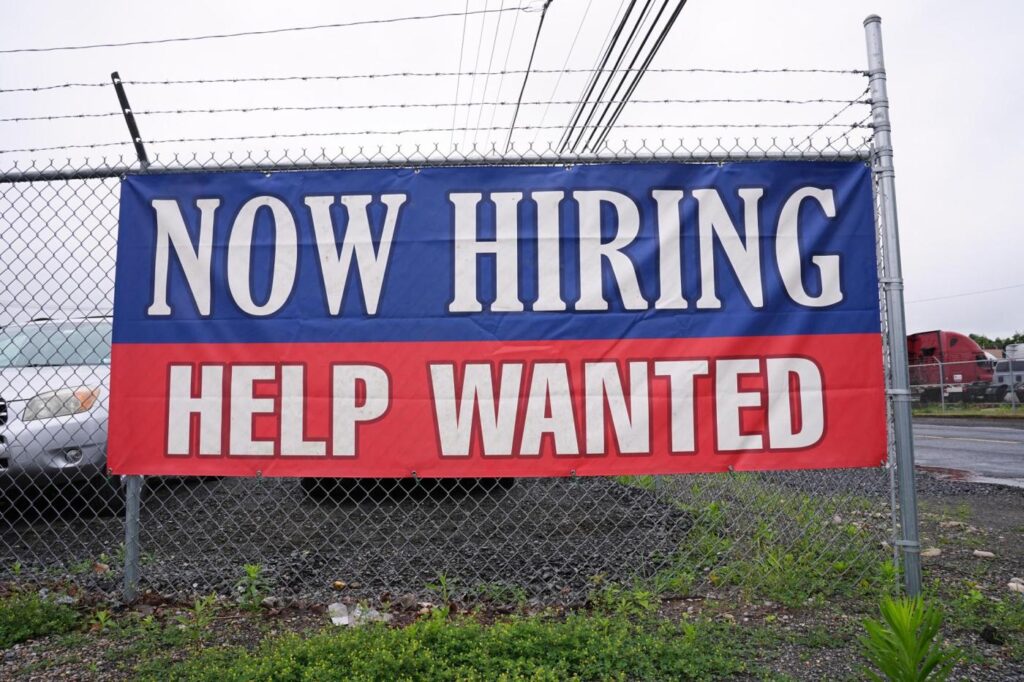
Fewer Americans filed for unemployment benefits last week, with jobless claims falling to 233,000, according to the latest report from the U.S. Labor Department. This decrease of 4,000 claims from the previous week signals a continued resilience in the labor market despite ongoing economic uncertainties, particularly regarding the impact of tariffs.
The decline in unemployment applications, which are often viewed as a proxy for layoffs, comes as analysts had predicted claims would reach 241,000. Instead, the numbers fell short of expectations, suggesting that employers are holding onto workers even as the economic landscape remains unpredictable.
Analyzing the Labor Market
The four-week moving average of claims, which helps smooth out the volatility of weekly data, also fell by 3,750 to 241,500. This metric provides a more stable view of the labor market, indicating that the trend in low layoffs is consistent.
Meanwhile, the total number of Americans receiving unemployment benefits remained unchanged at 1.97 million for the week ending June 21. This stability further underscores the strength of the current job market, which has been a significant factor in sustaining economic growth.
Economic Context and Expert Opinions
Despite the positive jobless claims data, there is an undercurrent of concern regarding potential economic headwinds. The ongoing trade tensions, particularly involving tariffs, have created an atmosphere of uncertainty for businesses. However, the labor market’s resilience suggests that, for now, these concerns have not translated into widespread layoffs.
Economists like Mark Zandi of Moody’s Analytics note,
“The labor market remains solid, but the longer the trade war drags on, the greater the risk to the economy. Businesses are cautious, but they’re not yet pulling back on hiring.”
Historical Comparisons and Future Implications
The current jobless claims figures are reminiscent of the pre-recession era when the labor market was similarly robust. Historically, low unemployment benefits claims have been a hallmark of economic strength, often preceding periods of expansion.
However, the broader economic indicators suggest a mixed picture. While Wall Street hovers near record highs, there are signs that hiring may have slowed in June. The upcoming jobs report is expected to provide further insights into the state of the labor market and whether the hiring pace has indeed decelerated.
Looking Ahead
As the U.S. navigates through these uncertain times, the labor market’s performance will be closely monitored. The interplay between economic policies, such as tariffs, and their impact on employment will be crucial in determining future trends.
For now, the steady jobless claims and low layoffs offer a reassuring signal amidst the noise of economic uncertainty. However, businesses and policymakers alike will need to remain vigilant to ensure that the labor market continues to support economic stability.
In conclusion, while the current data paints a positive picture, the potential for economic disruption remains. The coming weeks and months will be critical in assessing whether the labor market can maintain its strength or if adjustments will be necessary in response to external pressures.






